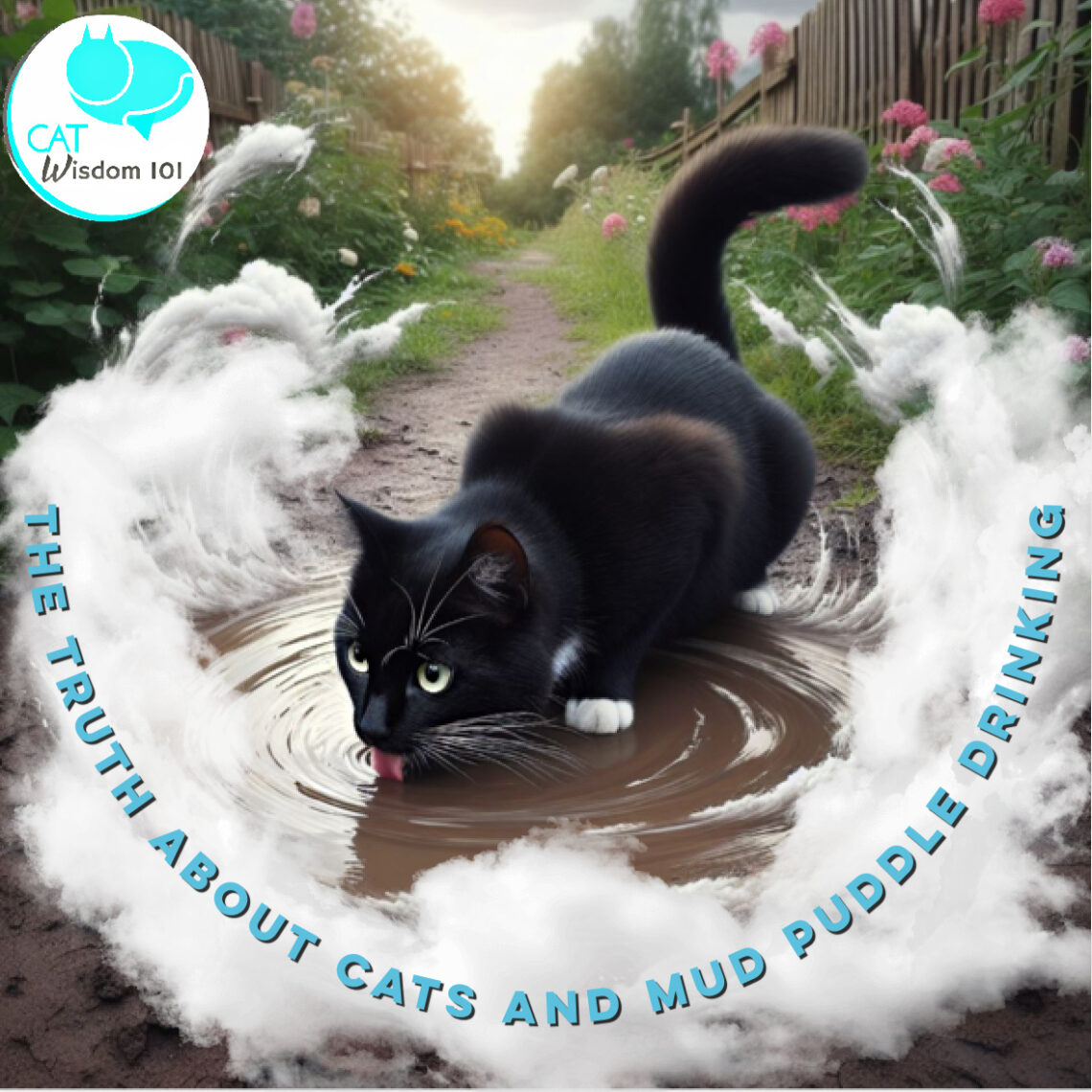
The Truth About Mud Puddle Drinking Cats
The Truth About Cats and Mud Puddle Drinking.
As someone who knows cats inside and out, some odd cat behavior is baffling. One of those head-scratchers? Cats drinking from muddy puddles like it’s the finest water around.
We have indented area on our driveway that becomes a large mud puddle after it rains. I’ve seen Odin drinking at the “watering hole” but never Otto until today.
It reminded me of seeing big cats drinking in the wild. What could be more natural but is it safe?
Key Points:
- Cats are instinctively drawn to fresh, oxygenated water sources like puddles
- Mud puddles can harbor harmful pathogens – preventative care is essential
- The earthy aroma and taste appeals to cats’ primal senses
- Climate impacts a cat’s attraction to puddles as a water source
- Mud puddles provide an enriching, multi-sensory experience for playful cats
- Excessive mud/soil ingestion can lead to health issues – moderation is key
At the heart of this enigma lies a fundamental truth: cats are hardwired to seek out fresh, oxygenated water sources.
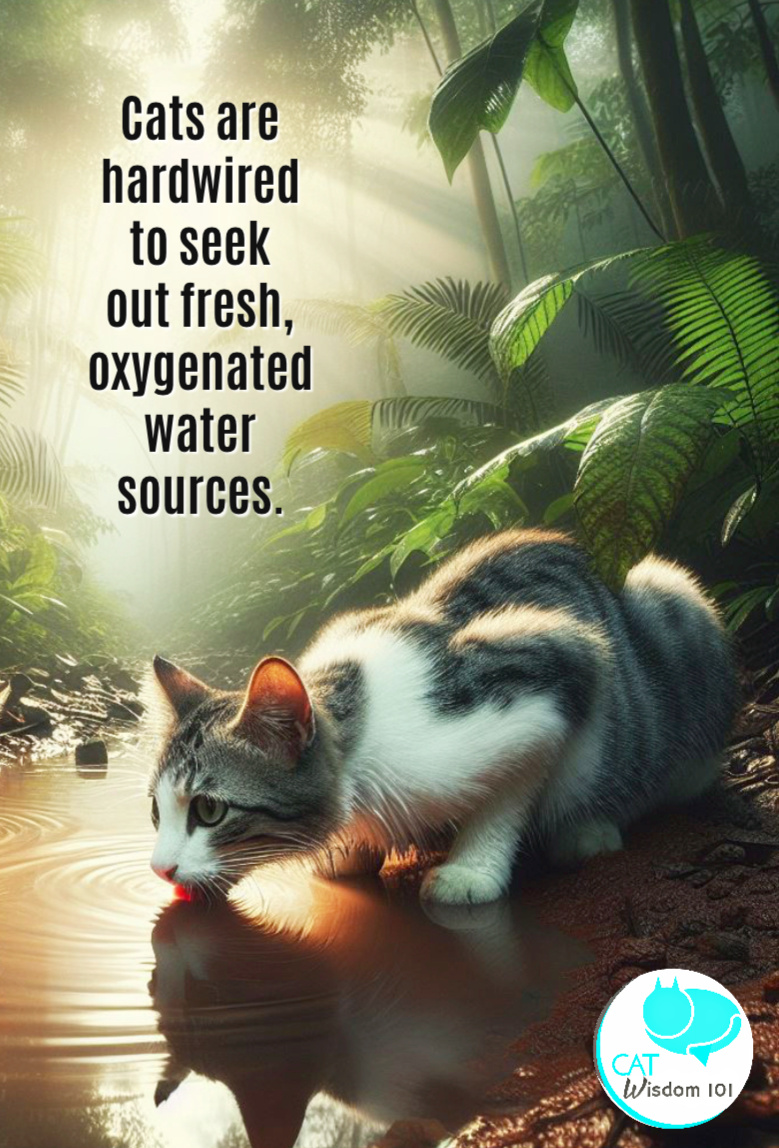
In the wild, stagnant pools harbor an array of potential pathogens, while flowing streams and puddles replenished by rainfall offer a safer, more palatable drinking experience. This deeply ingrained instinct persists in our domesticated felines, compelling them to eschew the conventional water bowl in favor of the tantalizing allure of mud puddles.
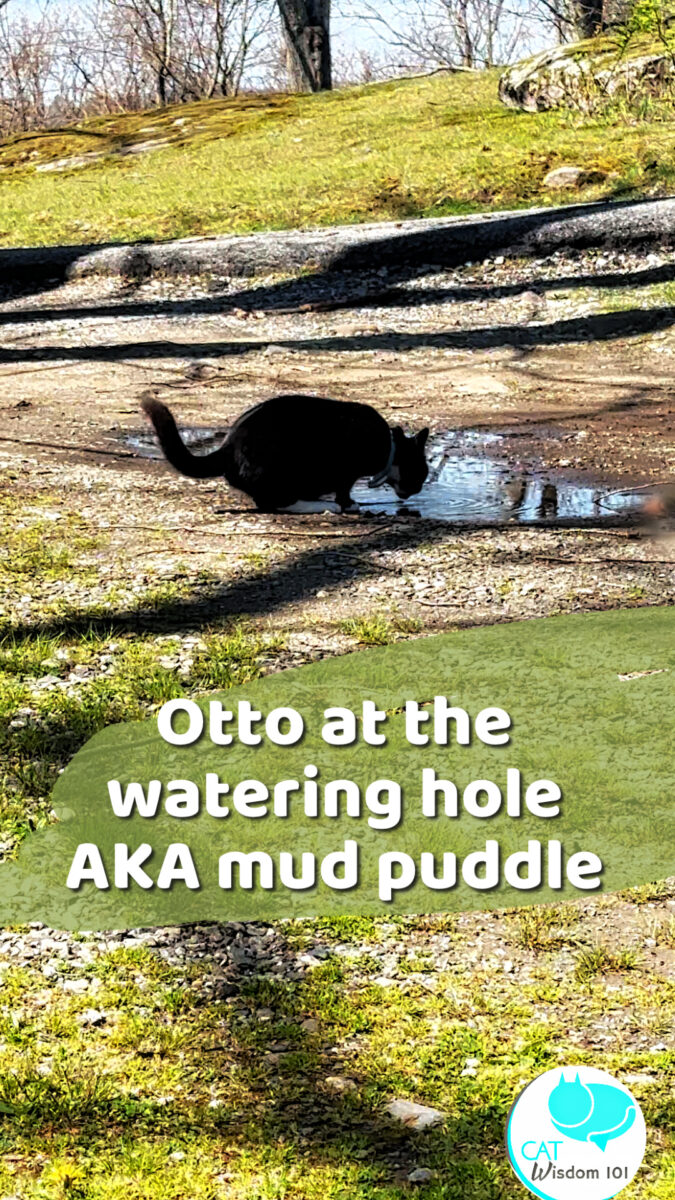
However, it is crucial for responsible pet owners to exercise caution and implement safeguards to mitigate potential health risks associated with this behavior.
Mud puddles can harbor harmful bacteria, parasites, and chemical contaminants that could prove detrimental to your feline friend’s well-being.
We garden organically and none of our neighbors use pesticides which helps. If in doubt, keep kitty away from puddles.
Please note: There are also toxic dangers in the winter from antifreeze.
Regularly treating your cat with appropriate deworming medications and maintaining up-to-date vaccinations is essential to bolster their immune defenses against potential pathogens lurking in these natural watering holes.
The intrigue, however, extends beyond mere instinct. Mud puddles possess a distinct, earthy aroma that tantalizes the feline olfactory senses. This rich, organic scent is a siren call to their primal hunting instincts, evoking memories of the damp, verdant landscapes where their wild ancestors prowled.
By indulging in a sip from a mud puddle, our feline friends embark on a multi-sensory journey, simultaneously quenching their thirst and satiating their innate curiosity.
It is important to note that the intensity of this proclivity can vary based on climate and geography.
Cats residing in arid or semi-arid regions, where water sources are scarce, may exhibit a heightened attraction to mud puddles, perceiving them as precious oases in an otherwise parched landscape.
On the other hand, cats in humid, rainfall-rich environments may be less captivated by this phenomenon, as they are surrounded by an abundance of freshwater sources.
But the fascination doesn’t end there. Cats are inherently playful creatures, and mud puddles offer an irresistible canvas for frolicking and exploration.As they cautiously approach the puddle, they may bat at the rippling surface, relishing the tactile sensation of the cool, viscous liquid against their paws.Some particularly adventurous felines may even delight in the act of rolling in the mud, reveling in the sensory overload of scents, textures, and sensations.
Odin and Otto love a good dirt bath but never a muddy one. While this behavior may seem unsightly or unhygienic to us humans, it is a deeply ingrained and wholly natural expression of our feline companions’ innate curiosity and primal instincts.
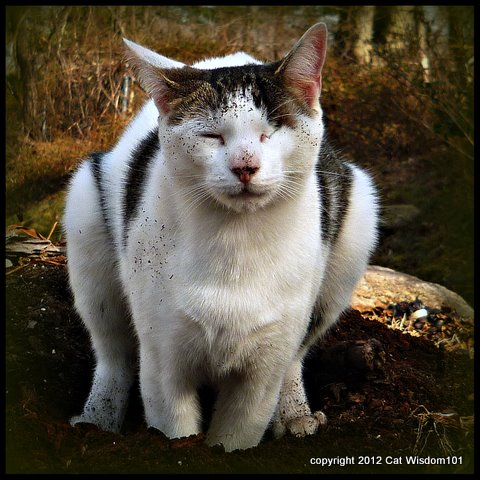
However, it is essential to monitor your cat’s mud puddle adventures closely. Ingesting excessive amounts of mud or soil can lead to digestive issues, blockages, or even toxicity in severe cases.
If you notice any concerning symptoms, such as vomiting, diarrhea, or lethargy, after your cat has indulged in a mud puddle, promptly consult your veterinarian for professional guidance.
By embracing their penchant for mud puddles while implementing practical safety measures, we allow our feline friends to indulge in a harmless yet deeply satisfying aspect of their nature while safeguarding their overall health and well-being.
So, the next time you witness your beloved feline companion partaking in the simple pleasure of a mud puddle, pause and appreciate the profound connection they share with the natural world: a bond forged by millions of years of evolution and ingrained in their very essence.
But also, remain vigilant, ensuring their escapades remain a source of joy and enrichment, never compromising their health or safety. It’s up to you to gauge whether a mud puddle is drinkable or not.
If your cat goes outdoors, you can try to discourage them from drinking from mud puddles by providing a designated outdoor water source, such as a pet fountain or a shallow dish of clean water placed away from muddy areas.
You can also try to train them using positive reinforcement techniques to drink from their designated water source instead of puddles.
Additionally, keeping your yard well-maintained and minimizing areas where puddles form can help reduce the temptation for your cat to drink from them.
When it comes to puddles, the only really safe ones are sun puddles!
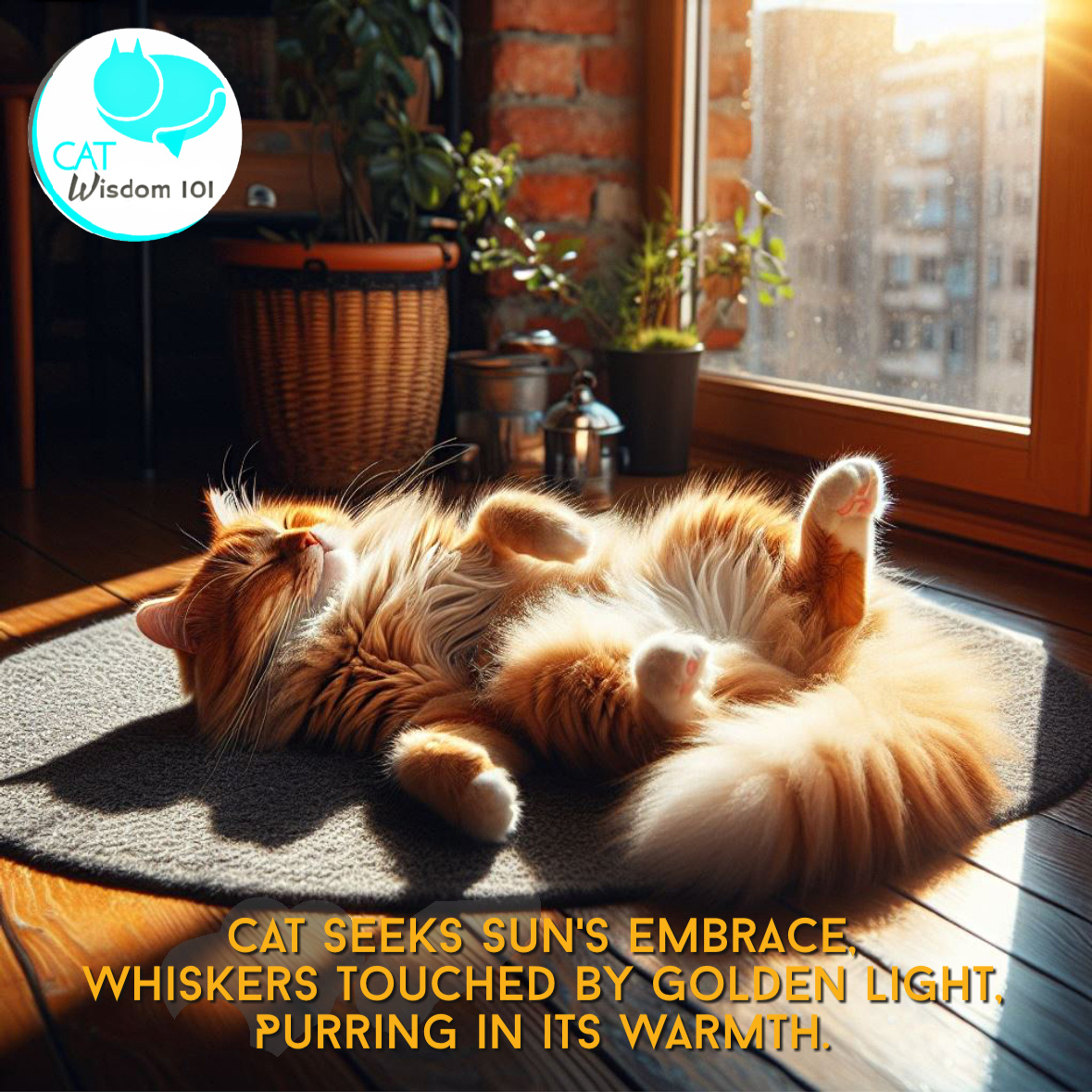
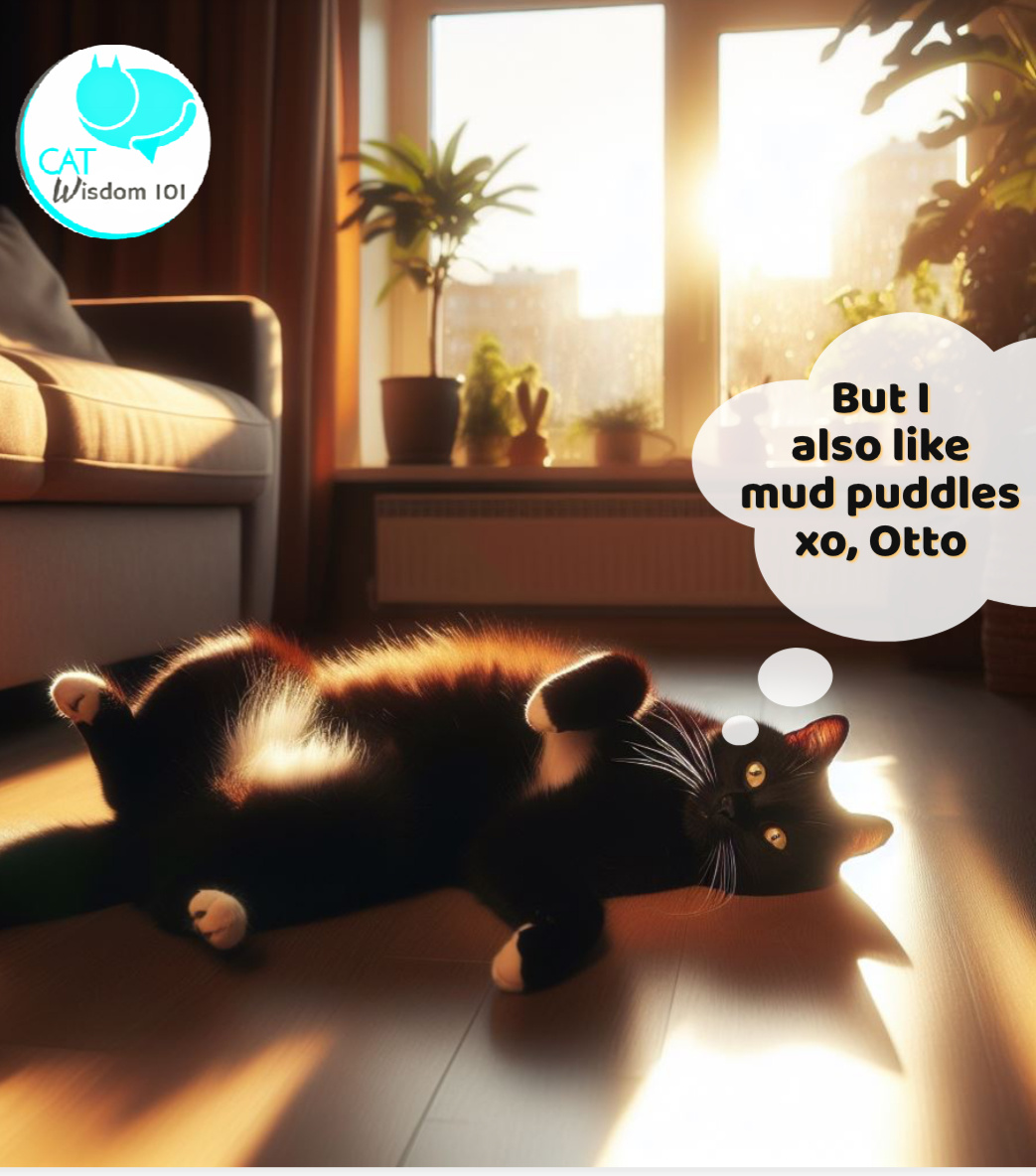
Do you know any mud puddle drinking cats?




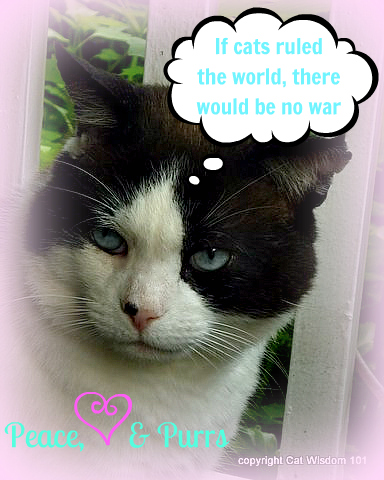
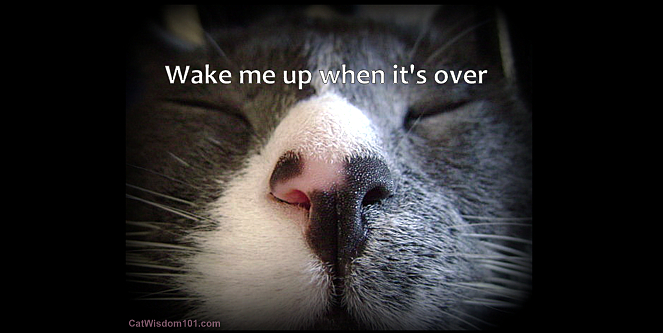
6 Comments
meowmeowmans
Well, Ava is indoor-only, so she’ll just have to have water from the bowl. 🙂
Memories of Eric and Flynn
Eric and Flynn used to love drinking from rain puddles, but didn’t usually go for muddy ones.
Layla Morgan Wilde
fresh rain puddles must taste good.
Brian's Home ~ Forever
I hate to see our ferals drinking out of yucky puddles.
Layla Morgan Wilde
It’s really not that bad.
Ellen J Pilch
My cats are not allowed outside so know puddle drinking for them. 🙂 XO